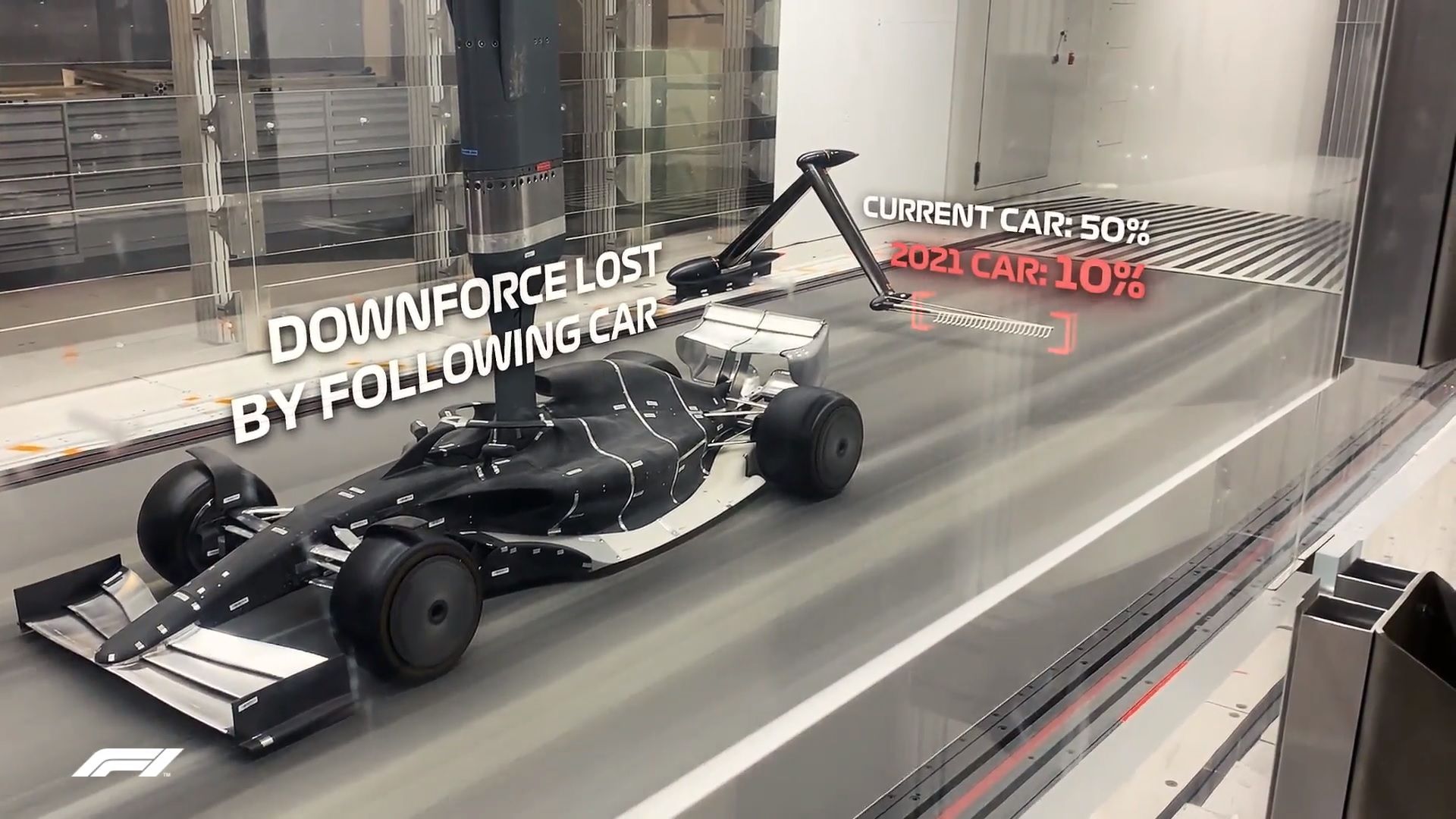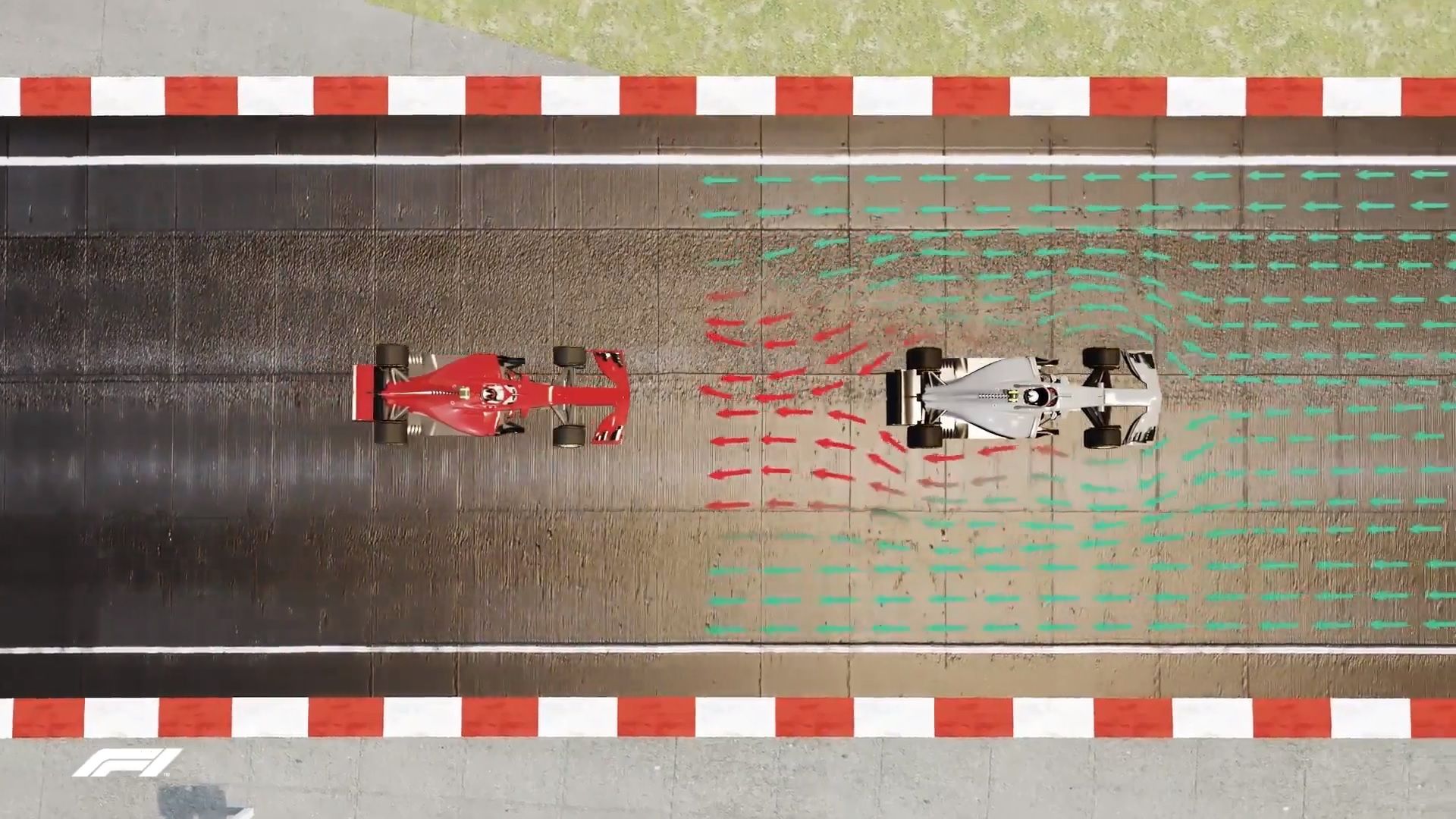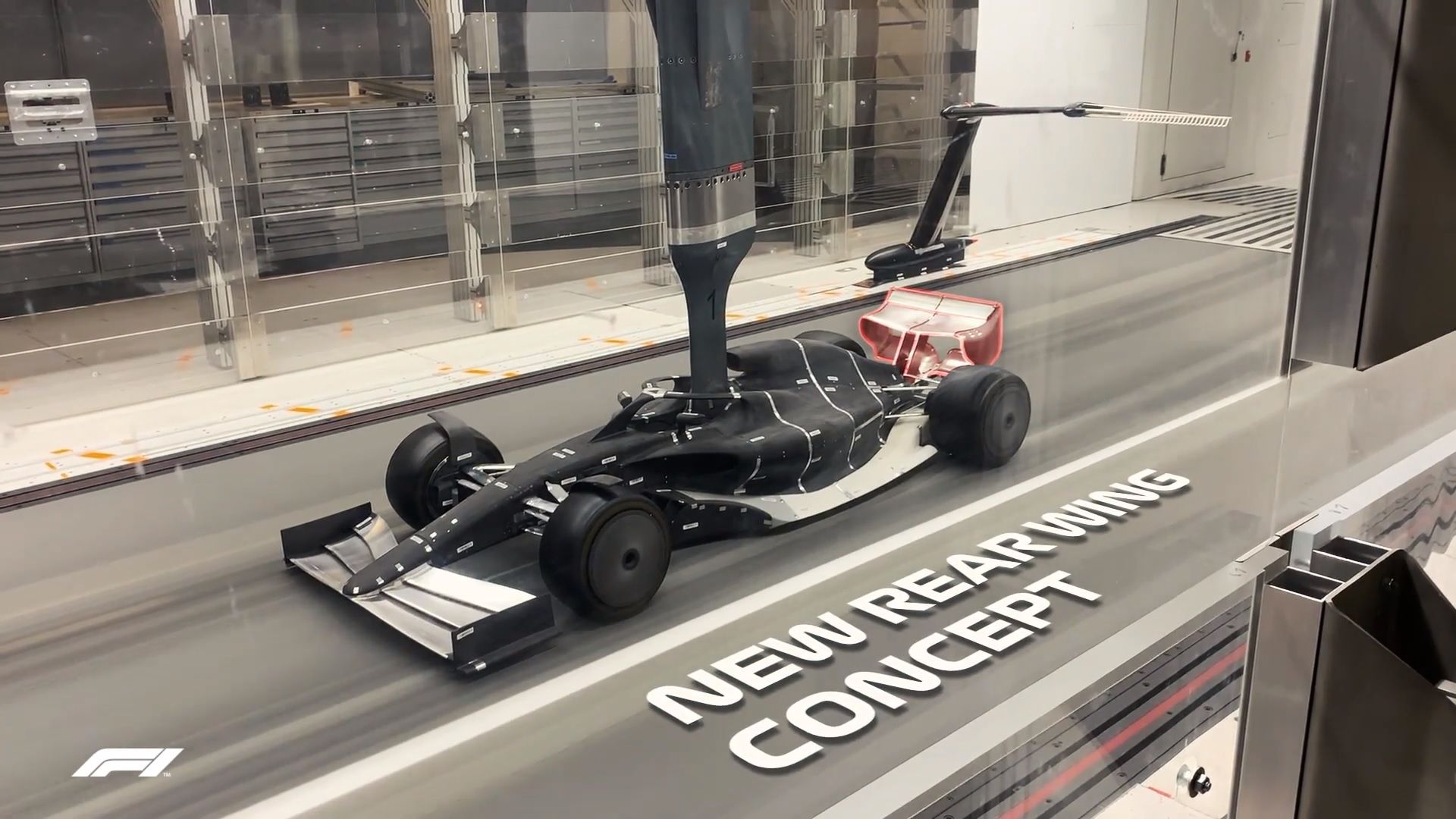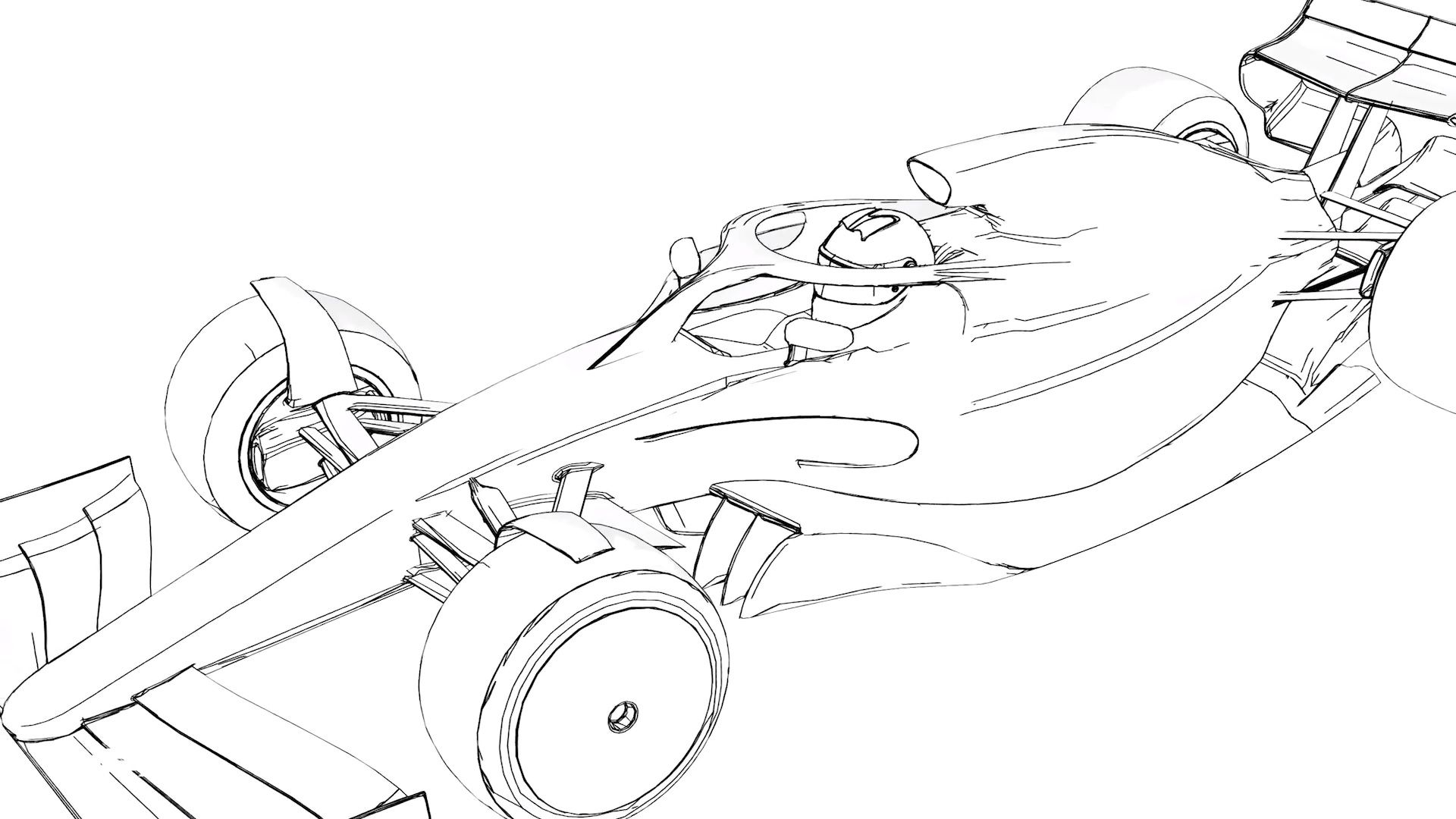Formula One racing is one of the most predictable sports in the world. There’s one dominant team (Mercedes), a handful of challengers (Ferrari and Red Bull), middle-of-the-pack teams, and cellar dwellers. But just because we know the pecking order of competing teams before a specific season even starts, that doesn’t mean the sheer spectacle of motor racing is dulled by the sport’s predictable results. It does have an effect, sure, but before a champion is crowned, races still need to be won, and it is in the moments of those individual races when excitement and unpredictability can turn the tide of a specific race, But what happens when an exciting in-race moment like overtaking doesn’t happen with regularity because the makeup of today’s crop of Formula One race cars makes it difficult to create those opportunities? Formula One organizers have noticed the lack of overtaking maneuvers in recent seasons, and it’s responding by proposing a bevy of rules and equipment changes for the 2021 season, none more significant than the actual race cars. Formula One has released a few scale models of the proposed 2021 Formula One car, and as far as first impressions are concerned, these proposed racers are a far departure from the ones competing in the ongoing 2019 Formula One season.
There’s a lot to unpack here, but if there’s one thing you need to know about Formula One cars, it’s that these cars are developed at the forefront of technology. There’s nothing about an F1 car that isn’t taken into account, no matter how small or seemingly insignificant it is on the surface. That’s why when you see the difference between the current F1 cars and the proposed racers that will be used in 2021, even the smallest of details come with significant real-world results.
Formula One unveiled the first prototype of the proposed 2021 racers, and to the surprise of absolutely no one, it comes in the form of a scale model that’s being used in wind tunnel testing.
As I mentioned, most of these changes are in place to minimize the effect of turbulent airflow created by outwash aerodynamics, a product of airflow getting directed from the front of the racer around the outside of the tire. This creates vortices and the aforementioned turbulent airflow that makes it difficult to follow a car in front. Worse, a chasing car loses downforce when turbulent air hits it, making it difficult to overtake the car in front, at least if the opportunity arises. The current setup results in a chasing car’s loss of up to 50 percent of its downforce, a staggering percentage that can also be construed as a performance handicap.
Now, if the airflow is the problem, questions on the viability of the front and rear wings have come up. It’s somewhat of a valid question given that there’s a precedent of wingless cars in the history of Formula One. On the other hand, technology has advanced so much today to the point that a modern wingless Formula One adds more problems than it actually solves. When posed the question, Formula 1 Chief Technical Officer and veteran engineer Pat Symonds explained that eliminating the wings, or even using smaller front wings like the ones used in the 1970s and 1980s, won’t solve the current issue of today’s F1 racers.
“I don’t think that eliminating front and rear wings are actually the right things to do, there are lots of other aspects to it,” Symonds said. “We want cars that do work in turbulent air, even if we’re trying to reduce that very turbulence.”
The former F1 engineer who worked for teams like Renault, Benetton, and Williams added that front and rear wings are important when it comes to cars running in each other’s wake.
This is the kind of balancing act that Symonds and his team of engineers are working hard to figure out. Improving the overall quality of races in the sport without minimizing Formula One’s stature as the pinnacle of motor racing remains priority numero uno. There’s still a lot of time and a lot of work that needs to be done to get to that point, but given how far along Symonds and his team already are, progress should continue to come the closer we get to 2021.
“I have a lot of clever guys working on that and we’ve been working on that for a while and we continue to,” he said. “It’s not something that can be done in the short term. We started a while ago and we hope that, by 2021, we can provide a significant difference without the cars looking completely different from the way they do today.”
If it ever happens that the 2021 Formula One race cars become more conducive to a free-wheeling style of racing, we can all look back at what Symonds and his team were able to accomplish to get us — and the sport — to the point where we start enjoying Formula One races again.
Until then, the work continues.




